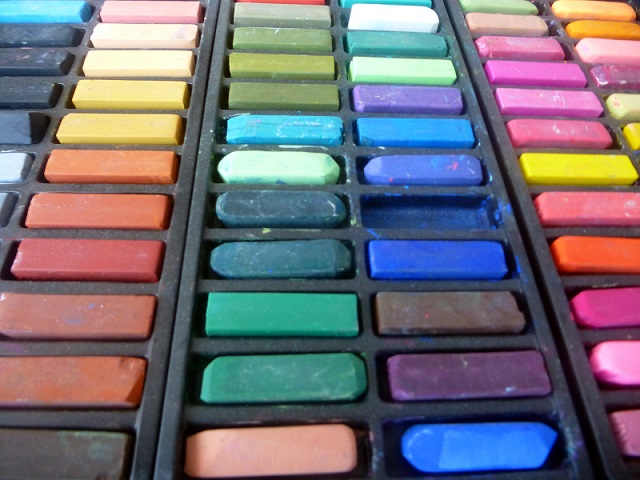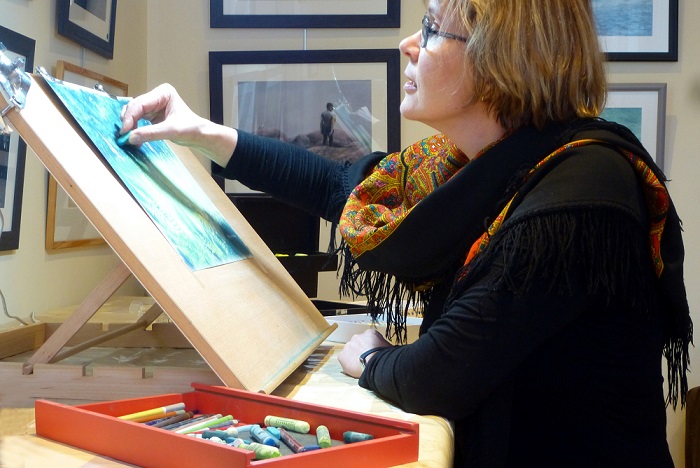
Pastel’s history goes back about 300 years. As a creative medium, it was invented in the beginning of the 16th century and became widespread in the 18th century, firmly taking itsplace in artists’ practice. It is in pastel that Leonardo da Vinci, Degas, and Renoir painted their masterpieces. Pastelsare distinguished by lively, bright colors and, at the same time, velvety, soft structure.
There are dry, oil, and water-soluble pastels. The dry type, which I use, comes in the form of sticks and pencils. Pastelhas a quite simple composition– it consists of a pigment and a binder. With the minimum of binder, the coloring mass is formed by individual pigment particles, reflected from which light scatters in different directions, giving the color layer a special radiance, a particular "pastel" softness.
Pastel is not susceptible to the corruption of time. It does not fade in the sun, does not darken or crack, and is not affected by temperature changes. Perhaps its only drawback is that it does not tolerate touching. Therefore, pastel artworks require storage under glass.






